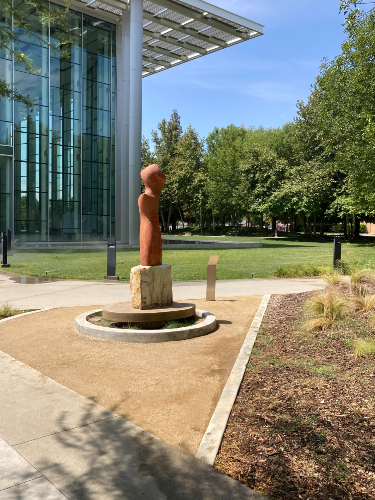“When we visited the factory, I expected the automation and the robots. What I didn’t anticipate was the complex ways that humans would be interacting with them. It was like watching a carefully choreographed dance between the machines and the people, being performed all over this massive facility.”
That insight offers an apt metaphor for the challenges we face at the David Nazarian College of Business and Economics at California State University, Northridge (CSUN) in preparing our students for the workplace of the future. We must teach them how to dance – with technological partners “trained” by artificial intelligence, to music written in the “key of data,” played on new-age instruments such as machine learning and the Internet of Things (IoT), orchestrated through robotic process automation (RPA), to accompany intricate ballets for every corporate purpose, both strategic and tactical.
That student who was surprised by factory choreography in Guangzhou would be startled at what RPA is doing to transform the very nature of back-office and customer-facing operations.
RPA provides systems with the authority to perform discretionary decision-making in an operational process. Within defined parameters, RPA empowers machines to “decide and execute,” at a specific point in time, without any direct human agency. Effecting such authority requires troves of data, powerful and precise analytics, and indeed – the rich experience of human talent to define the decision-making task and to build the solution.
RPA has advanced to the point where operational decision making can be automated for almost any repetitive process for which historical data is available, including those thought to be the sole province of human judgement. Big and emerging companies alike have developed products with expansive capabilities for a broad array of business applications. These platforms have become extraordinarily sophisticated over the past five years – not the least for the increasing ease of their use.
Frontline employees use built-in tools for “task mining” – testing the data sufficiency, viability and the ROI of specific automation opportunities. These same employees can “record” the task, design a process path toward the decision point, and test it – all with point-and-click pull-down menus.
RPA platforms can automate with internal applications as basic as Microsoft Office Suite, or as complex as legacy networks of cloud-based tools with API interoperability. Some of the more sophisticated platforms are now integrating smart contracts, enabled by blockchain.
For those frontline workers, the dance has become less routine. They’ve changed partners from application-based systems to task-driven ones. Large companies have distributed these tools widely and encouraged experimentation. The service divisions of the giant accounting firms and consultants of every size have made RPA a mainstay of their practices – internally as well as for client engagement.
The extent to which work has been augmented, rather than displaced, is illustrated by one RPA vendor’s pitch to prospective clients, a “personal assistant bot for every employee.” These would display dashboards, track metrics, log performance, and send alerts, triggers and queuing status so that the frontline workers can monitor the automated, low-error decision making in progress.
It’s a beautiful thing – except when it isn’t. It’s never fun to watch a dancer collapse on stage in full view of an audience, and the recent debacle of Zillow’s “flipping” business is ample testament to what happens when the dance of algorithms and human talent goes unrehearsed and out of sync.
And that’s where the Nazarian College at CSUN comes into play.
Four years ago, as the realities of digital transformation and its implications for the workforce of the future became apparent, we decided upon a very specific and focused strategy – “Data First.”
We’ve reflected that by introducing two new degree programs, both a BS and an MS in Business Analytics. We situated these new programs within our Department of Systems and Operations Management, and moved all of our Information Systems faculty and programs into this same alignment. We beefed up our engagement in the SAP Alliance, incorporating the firm’s outstanding content into specific courses so that our students earn academic credit and validate professional credentials simultaneously.
At the same time we’ve reinvigorated our commitment to learning and career preparation objectives that emphasize critical thinking, teamwork, effective communication and ethical frameworks. We’ve invested heavily in classroom technology and faculty development to deliver hybrid excellence, while still insisting on the centrality of in-person pedagogy and engagement as the best approach for preparing human depth in a technological world.
We’ve also deployed some powerful RPA of our own. In fact, the website for our Career Education and Professional Development Center is powered by a dynamic engine that curates and targets opportunities and resources to our students based on major, career interest, developmental objective, and personal preferences. In effect, it’s a mass personalization bot.
It is extraordinarily gratifying to see our students graduate ready to dance on day-one of their careers, and to know that employers are inviting them to the party.
Chandra Subramaniam is the dean of the
David Nazarian College of Business and Economics at CSUN.
Learn more at csun.edu/busecon.

